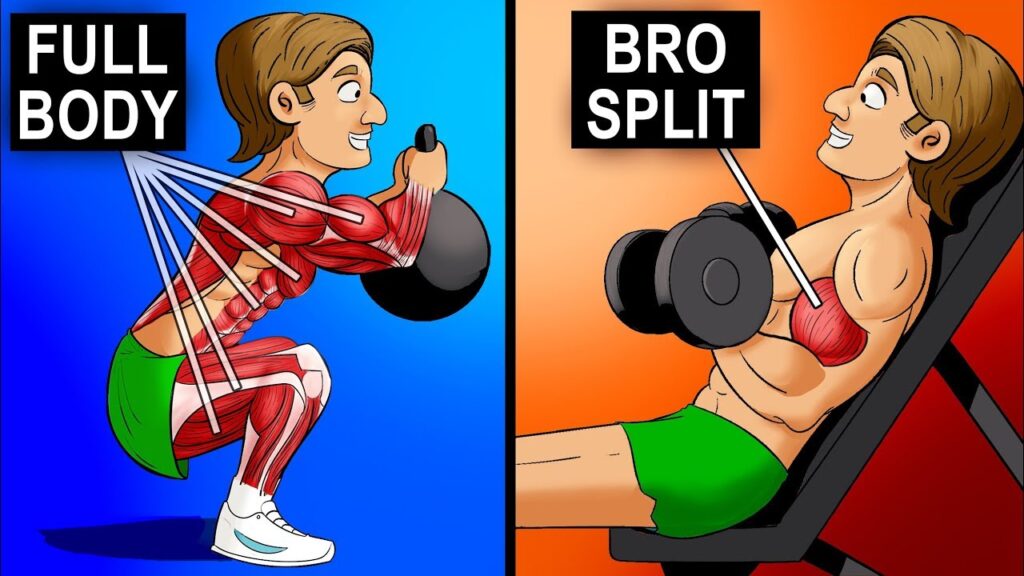
Whether you’re just starting your fitness journey or looking to switch up your routine, one of the biggest questions in strength training is: Should you go with full-body workouts or split training? The answer depends on your goals, experience level, and how much time you have each week.
Let’s break it down.
What Is Full-Body Training?
Full-body workouts target all major muscle groups in a single session. That means you’ll hit your legs, chest, back, shoulders, arms, and core every time you train.
✅ Best for beginners
✅ Time-efficient (2–3 sessions per week)
✅ Ideal for fat loss, general fitness, and building a solid base
What Is Split Training?
Split training divides your workouts by muscle groups. For example, you might train chest and triceps on Monday, back and biceps on Tuesday, and legs on Wednesday.
✅ Best for intermediate to advanced lifters
✅ Focuses more volume per muscle group
✅ Great for hypertrophy (muscle growth) and bodybuilding
Pros and Cons
| Training Style | Pros | Cons |
|---|---|---|
| Full-Body | Builds balanced strength | Can feel exhausting |
| Fewer weekly sessions | Limited volume per muscle | |
| Great for weight loss | Recovery may be tough if done daily | |
| Split | Allows for targeted work | Requires more gym time |
| More recovery for muscles | Not ideal for tight schedules | |
| More volume = more growth | Can miss balance without planning |
So, Which One Should You Choose?
Go Full-Body If You:
Are a beginner
Can only train 2–3 times per week
Want to lose weight or improve general fitness
Go Split If You:
Want to build serious muscle
Can train 4–6 times per week
Enjoy isolating and focusing on specific muscle groups
The Bottom Line
There’s no “one-size-fits-all” answer. Your routine should match your goals, lifestyle, and what keeps you motivated. For many, even combining both approaches throughout the year can be a smart strategy.
Still unsure what’s best for you? Drop us a comment with your training goals—we’ll help you figure it out!









